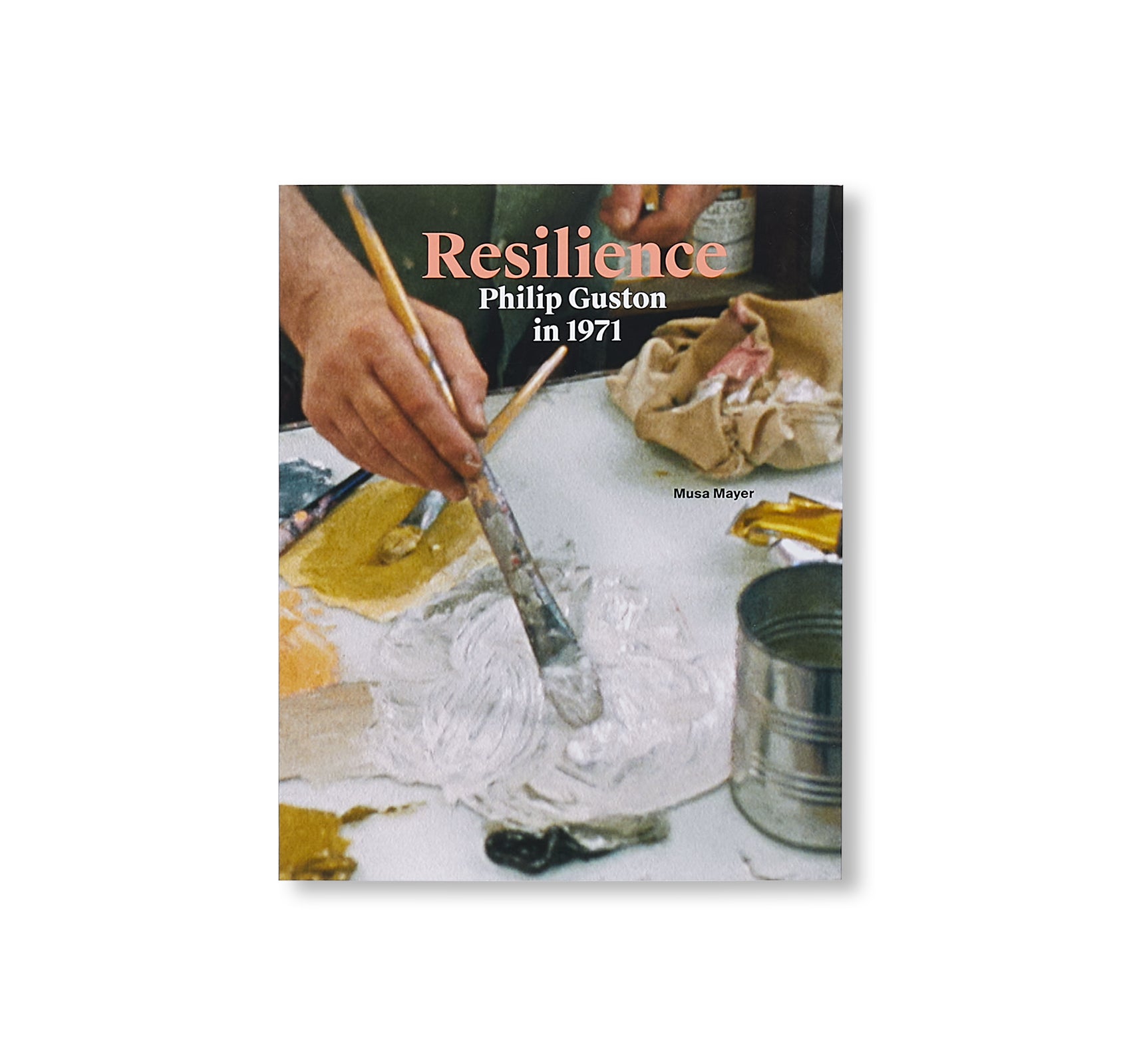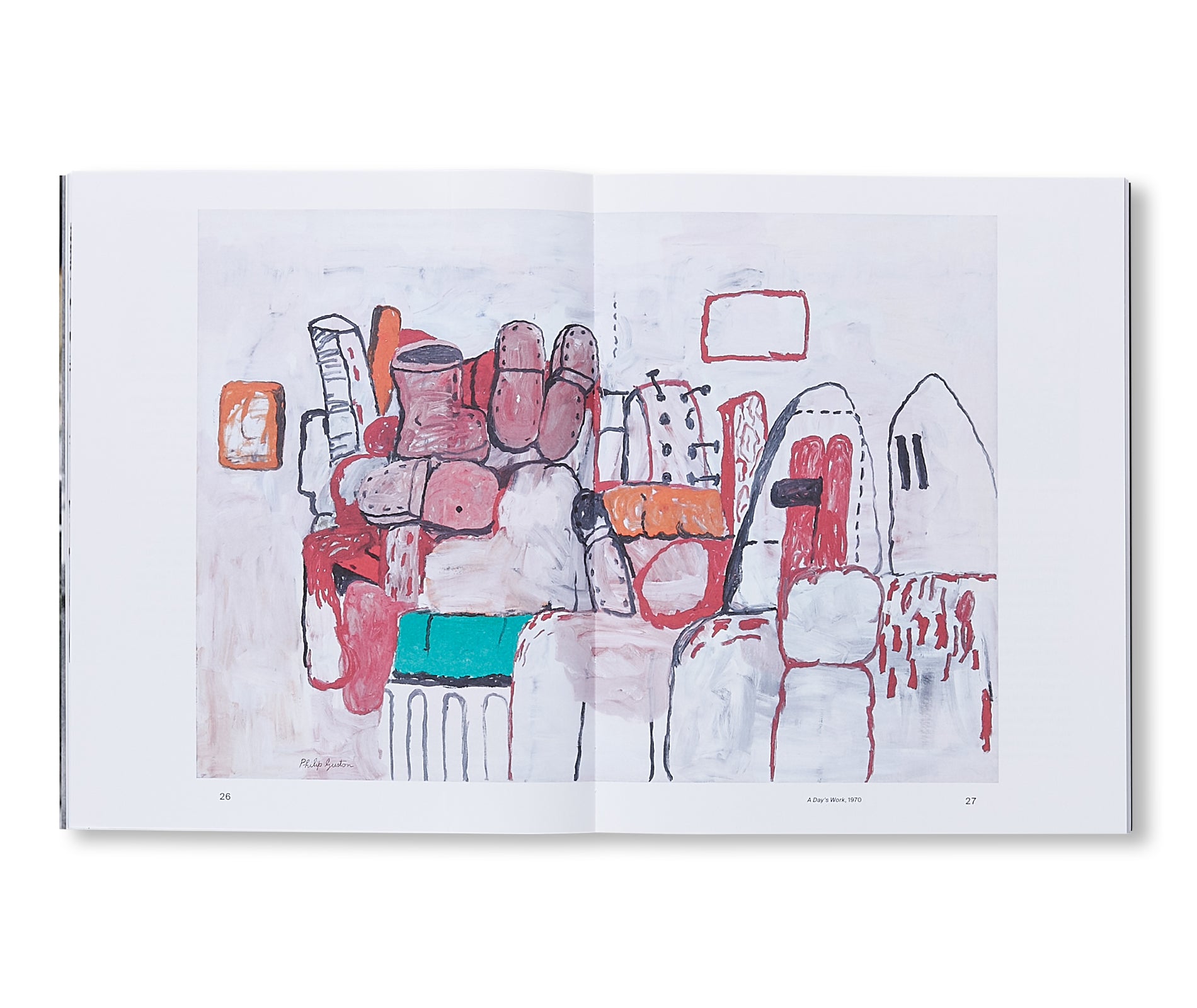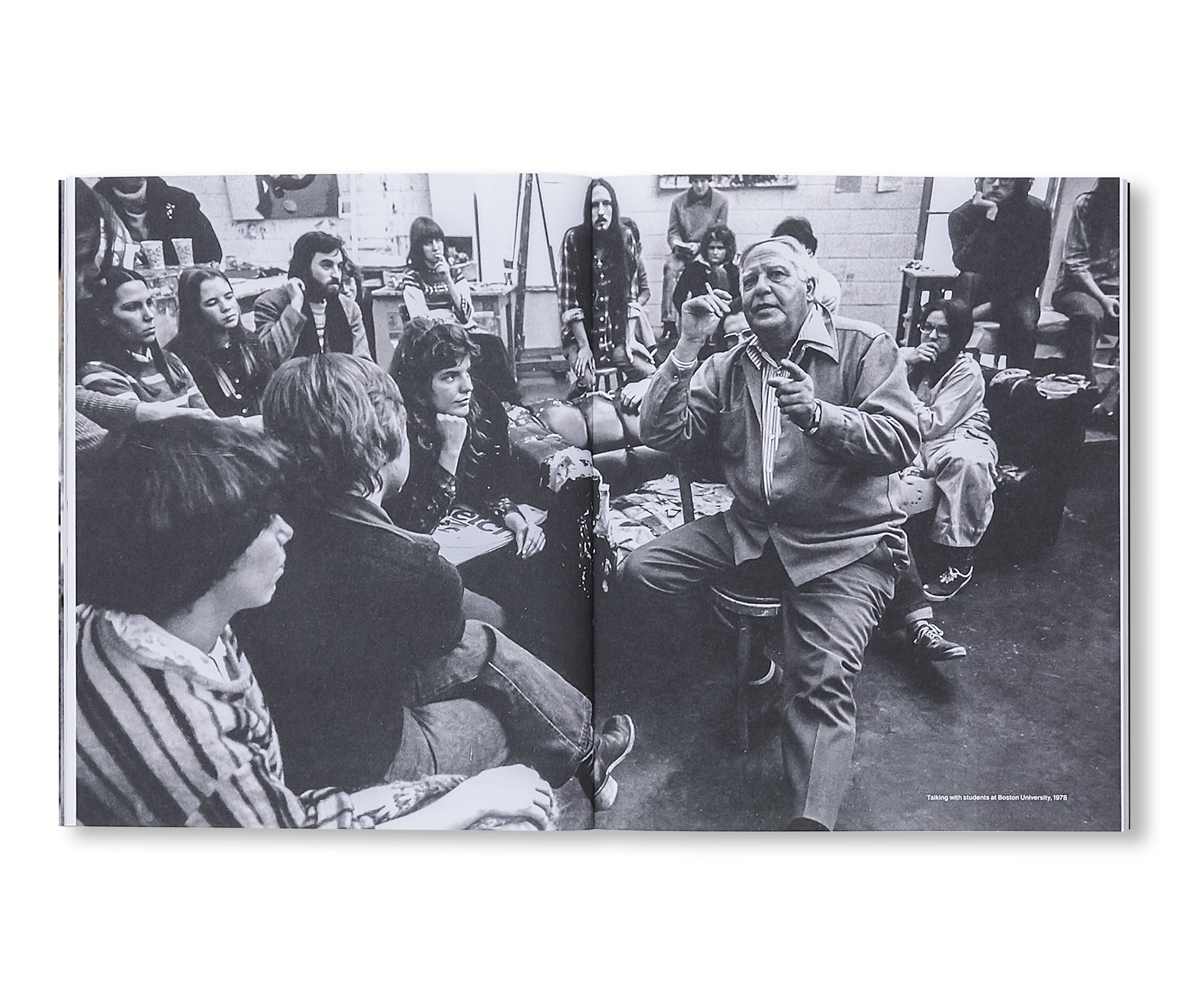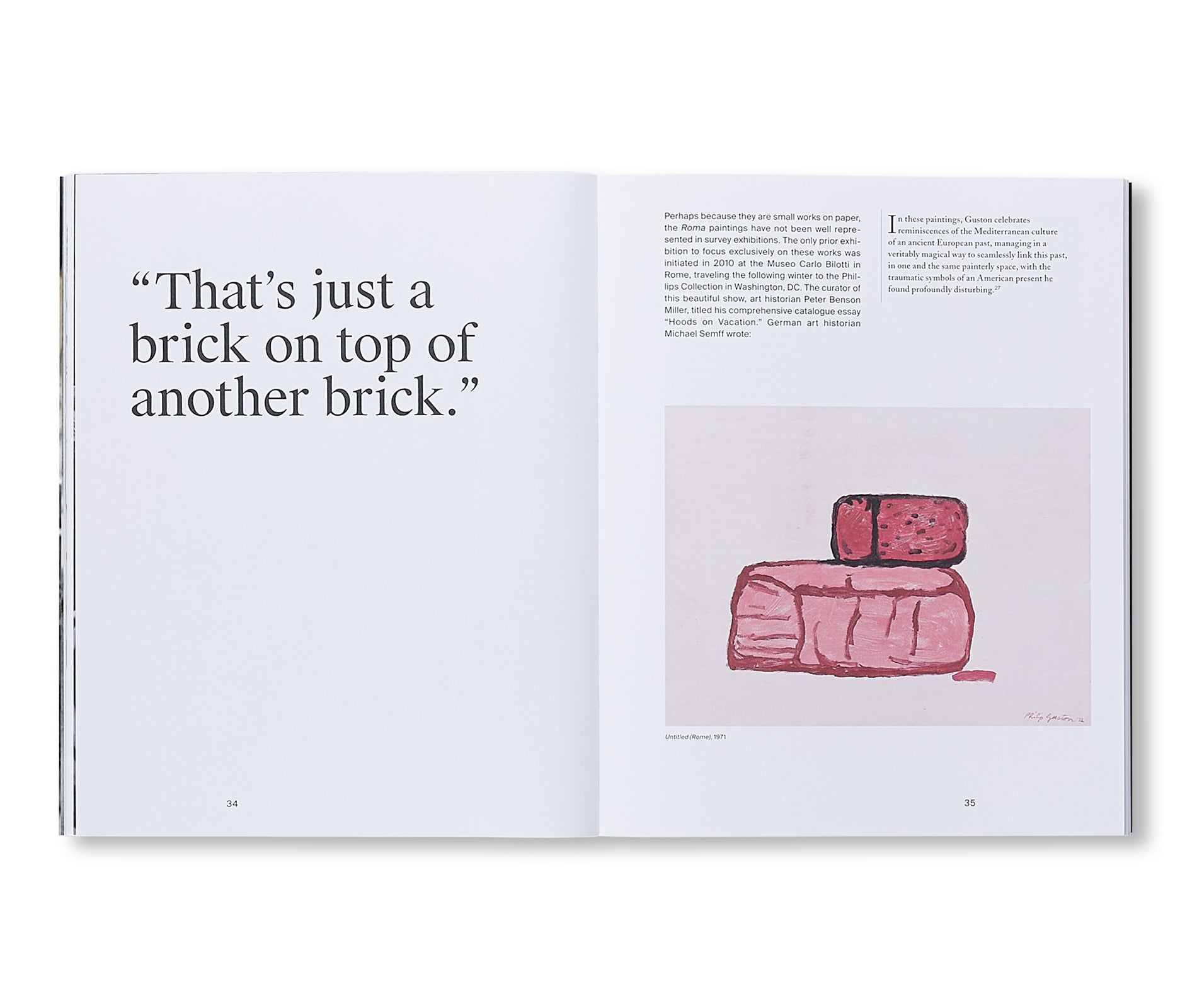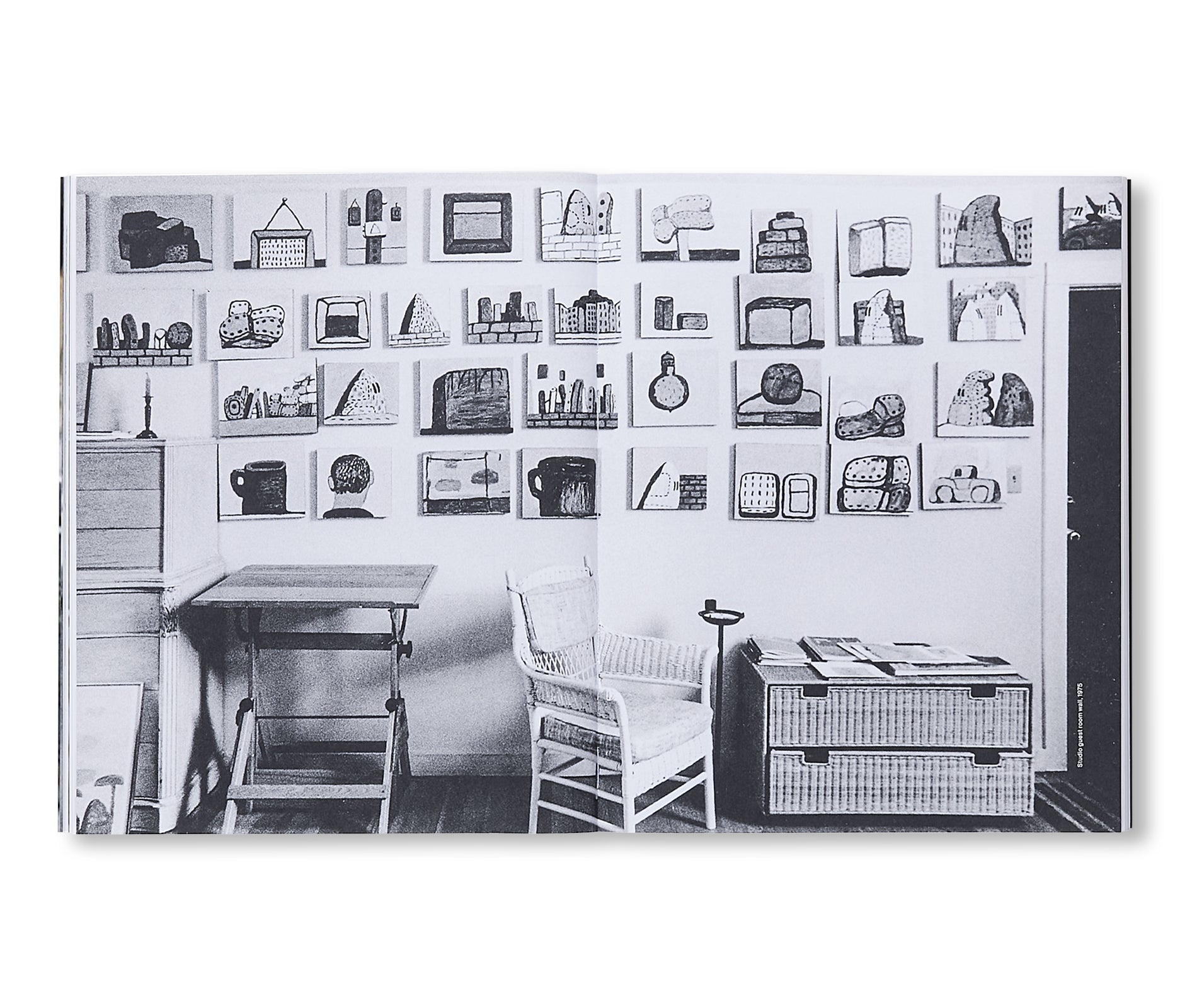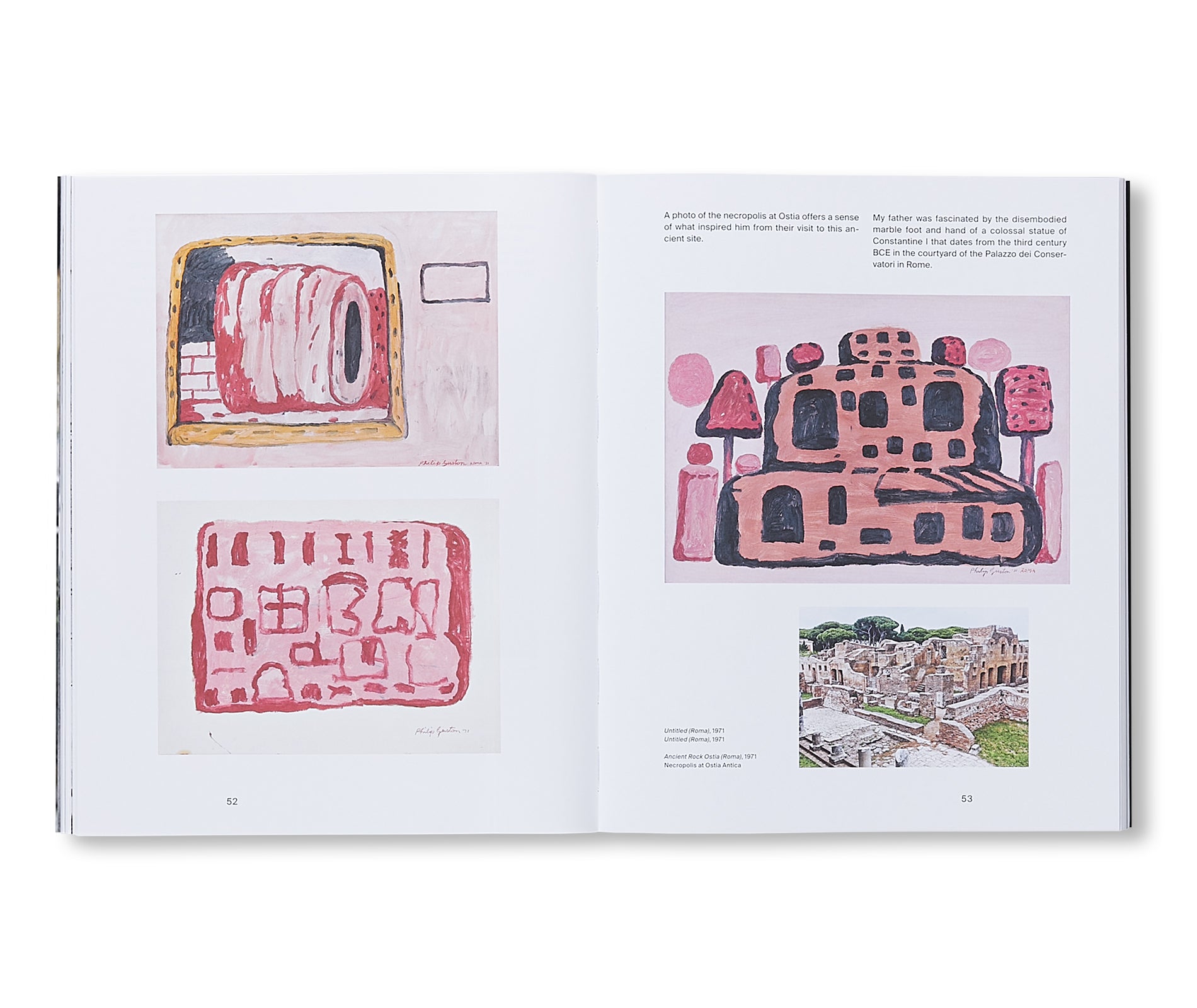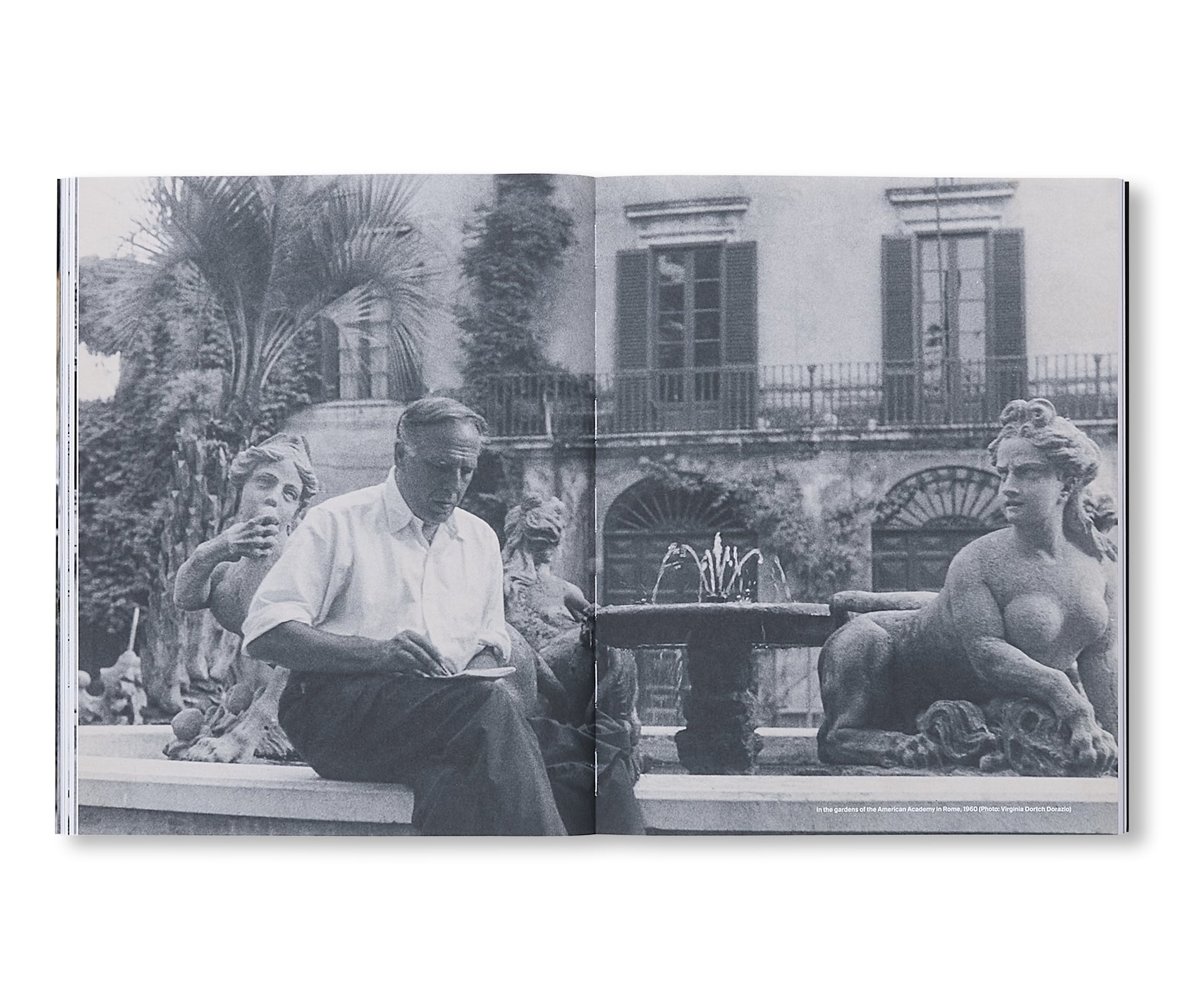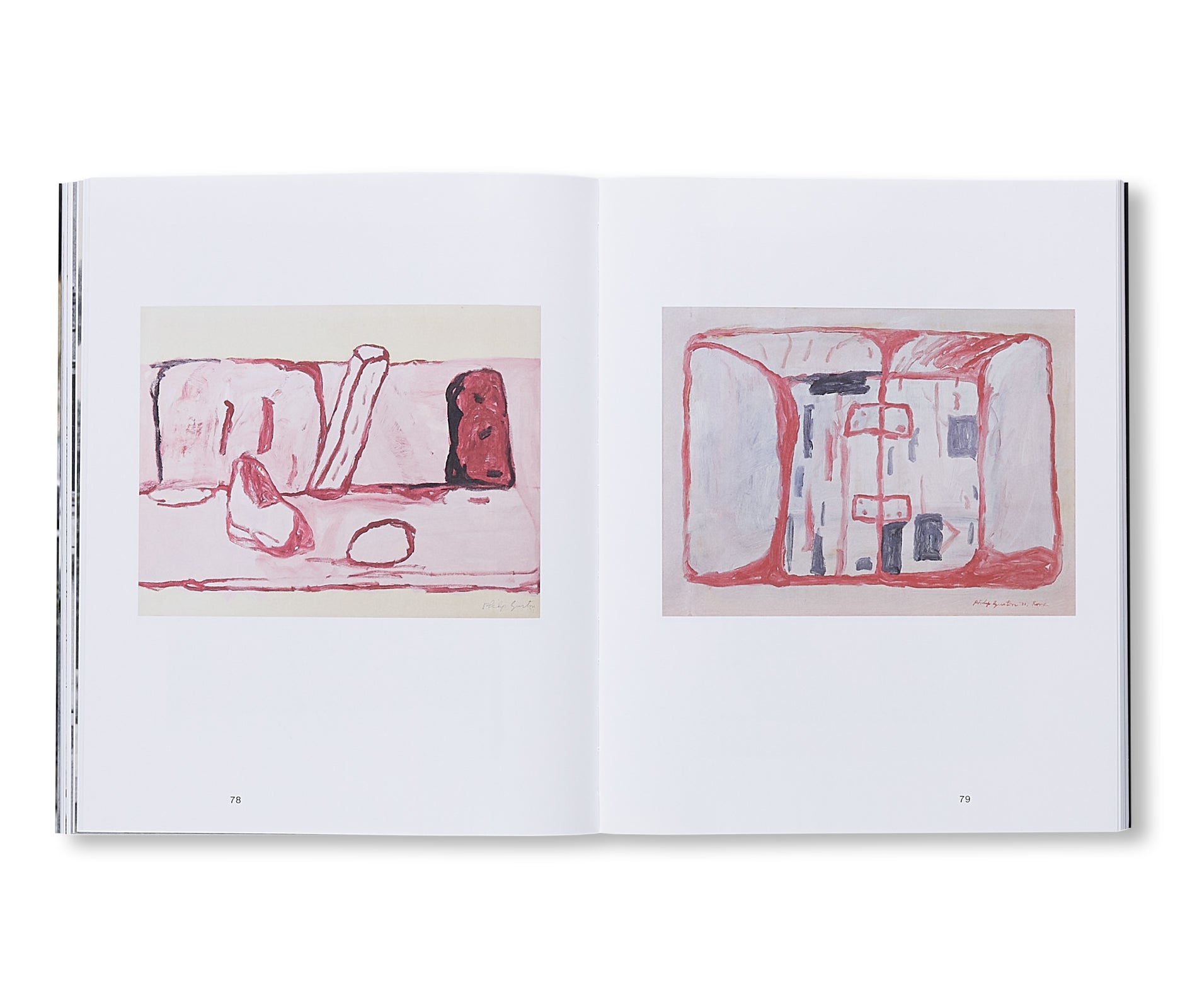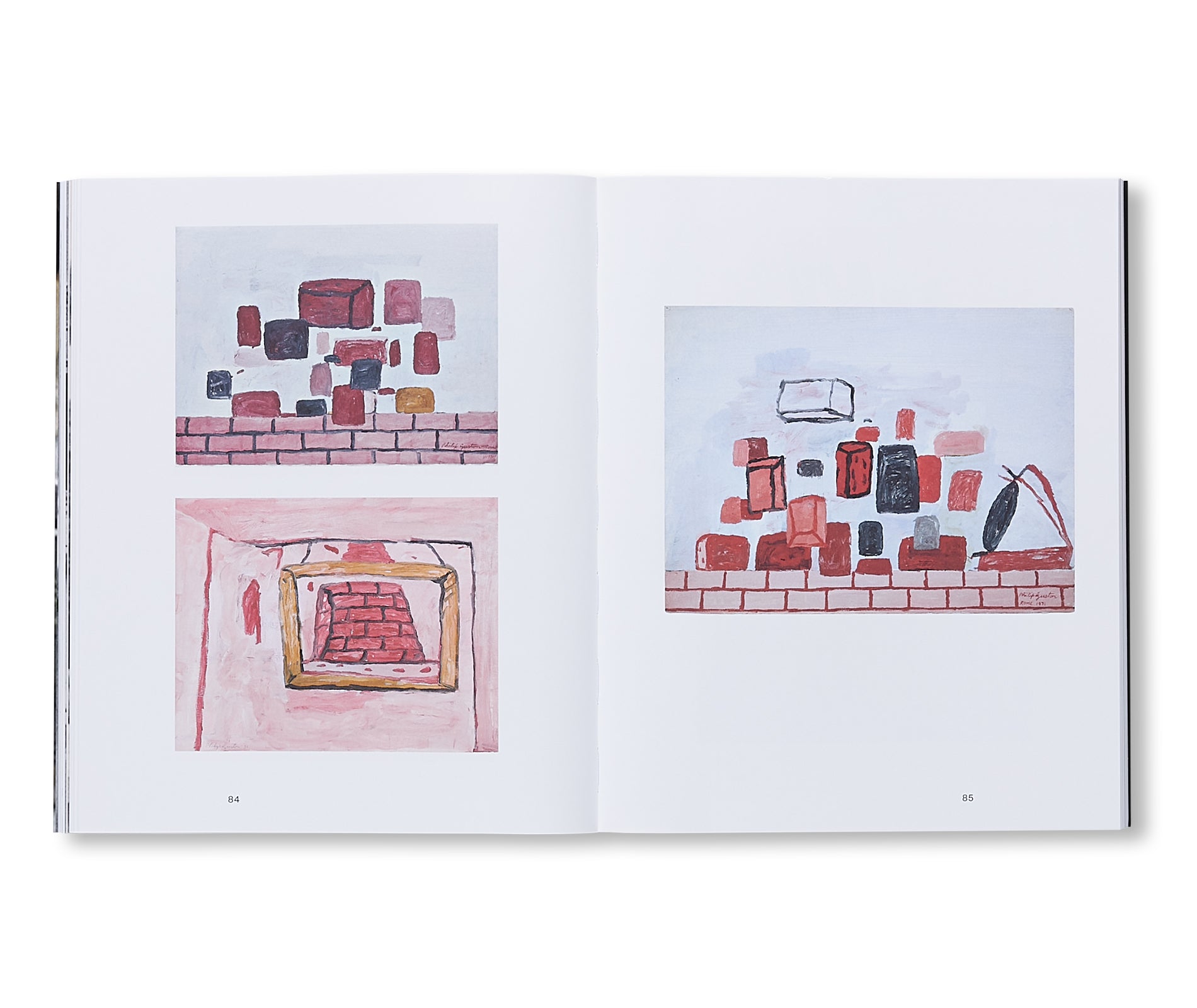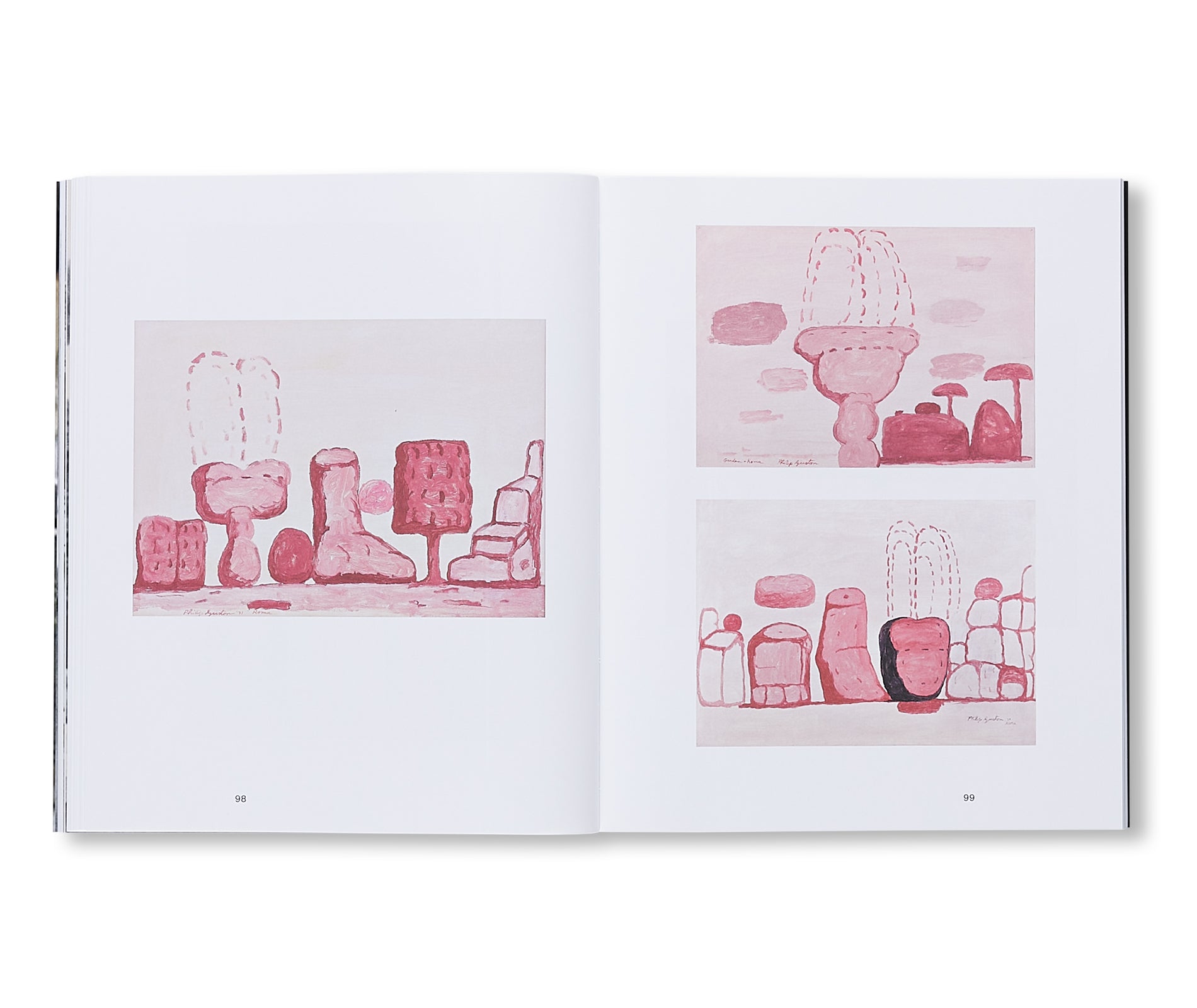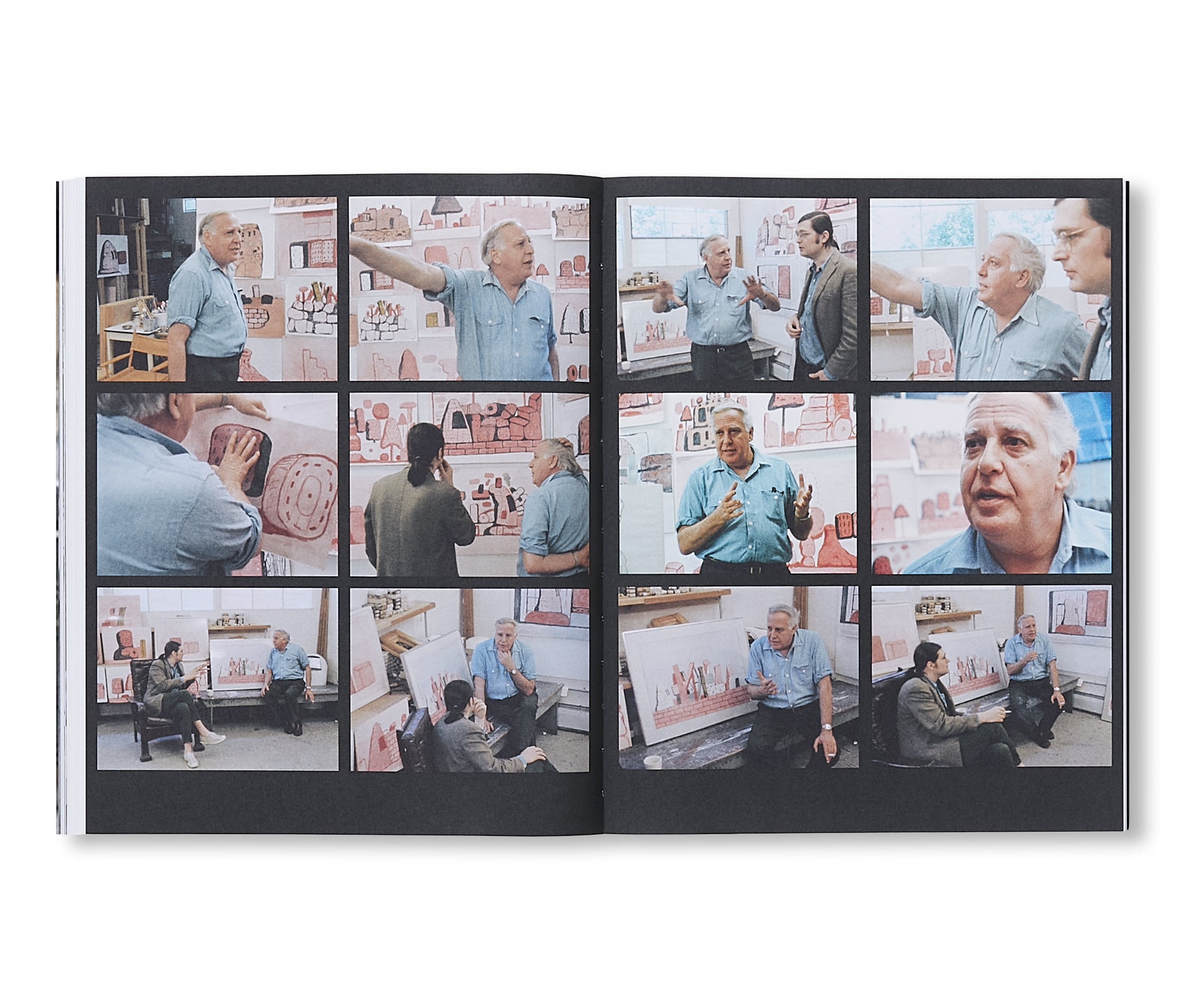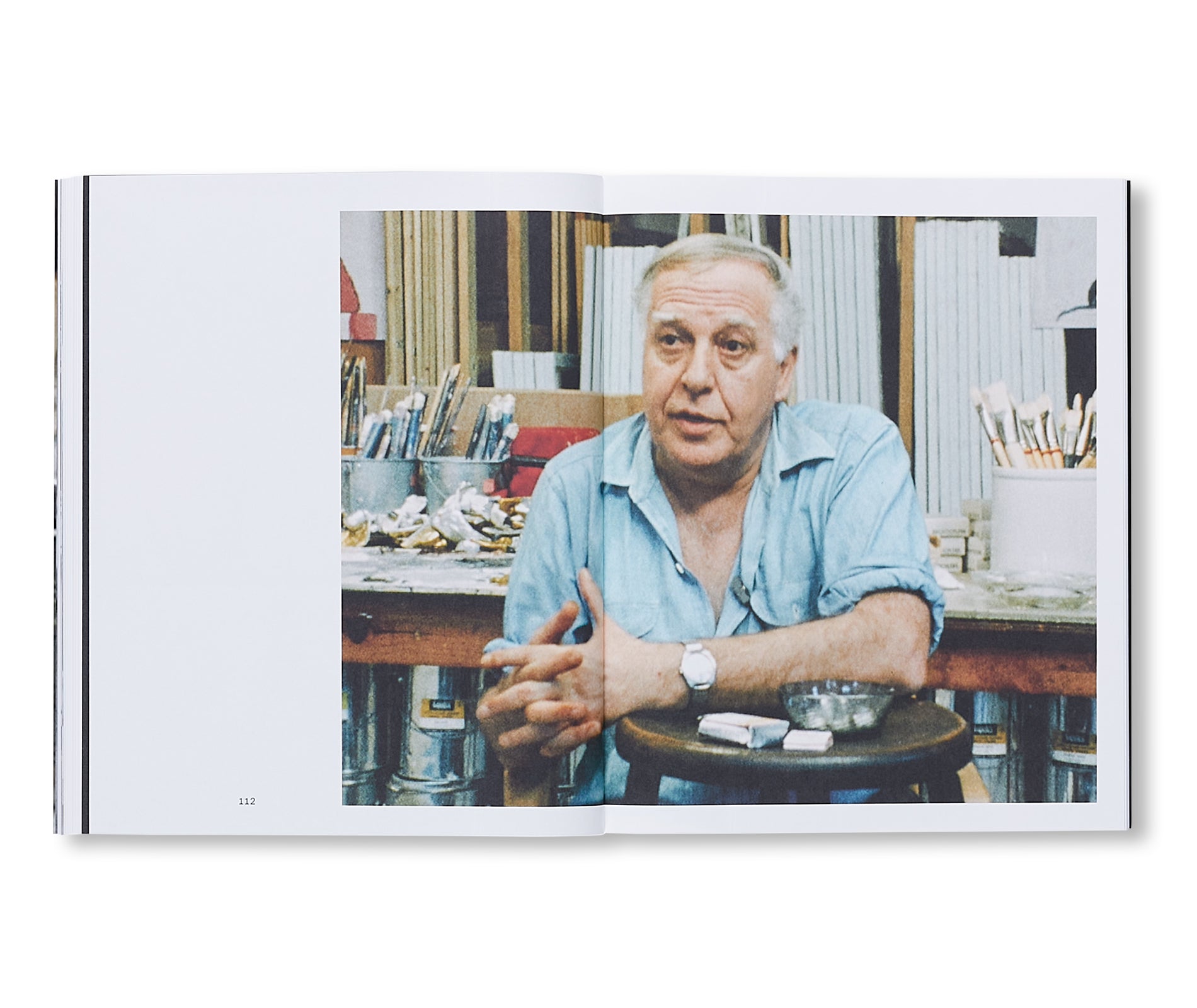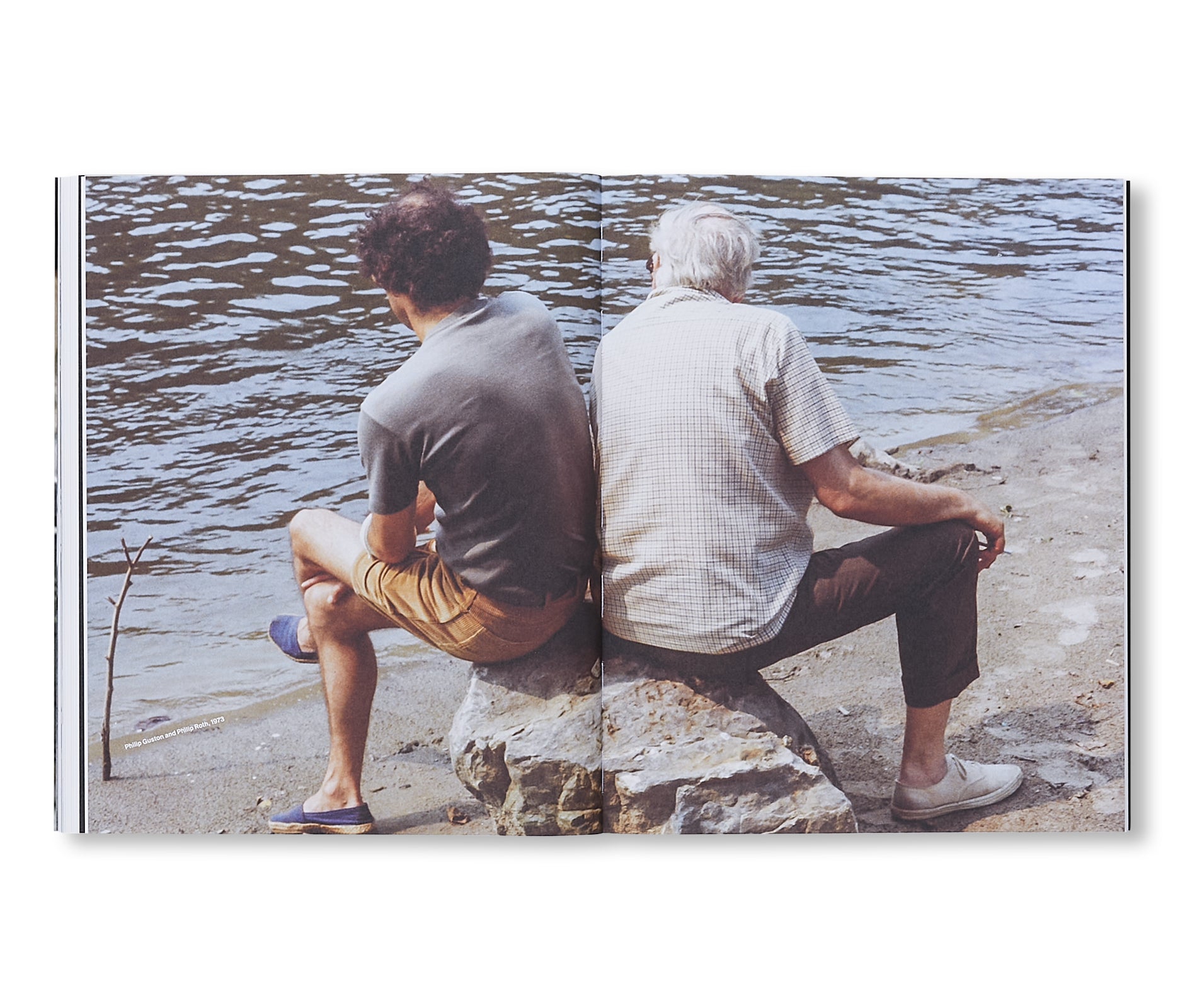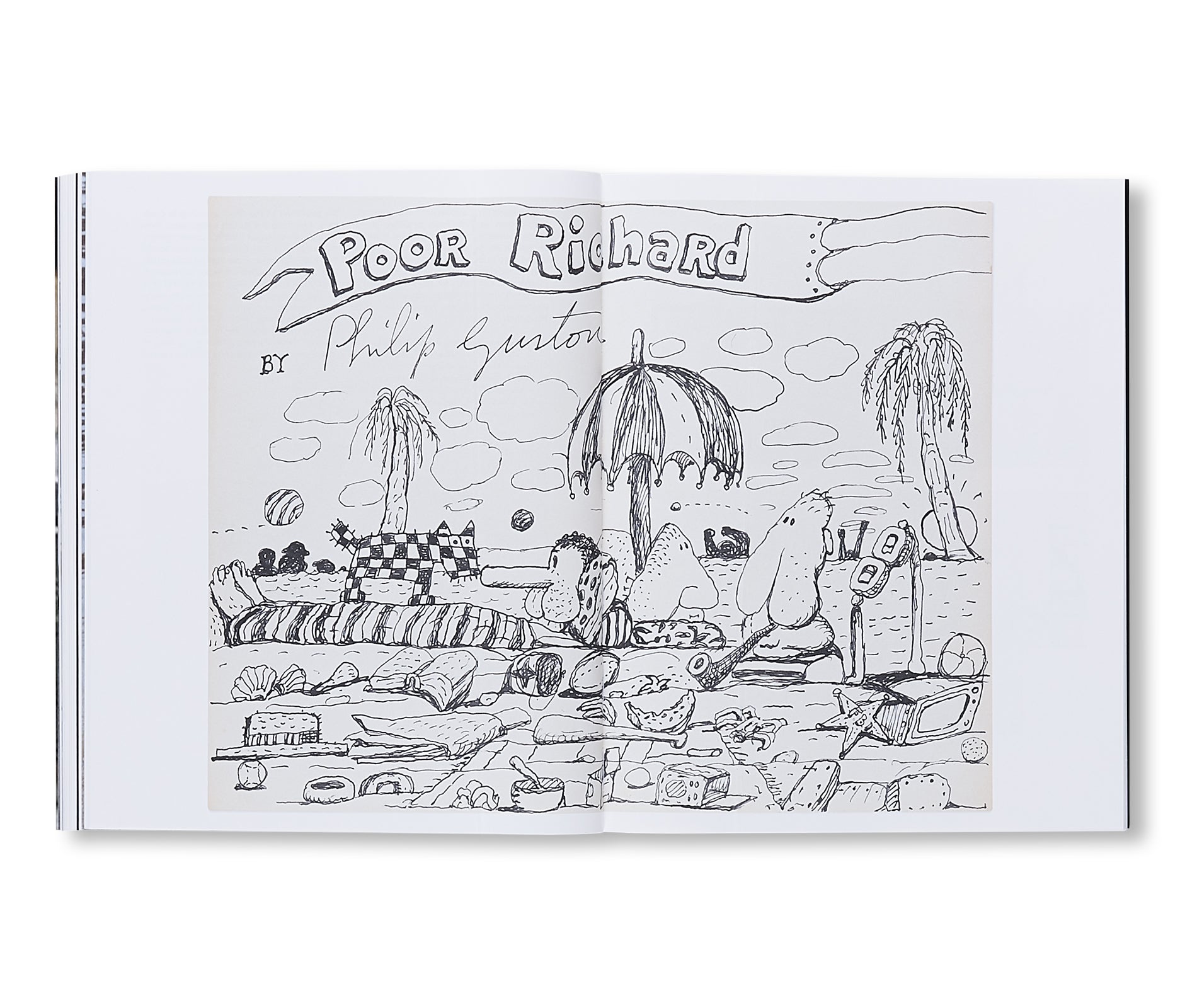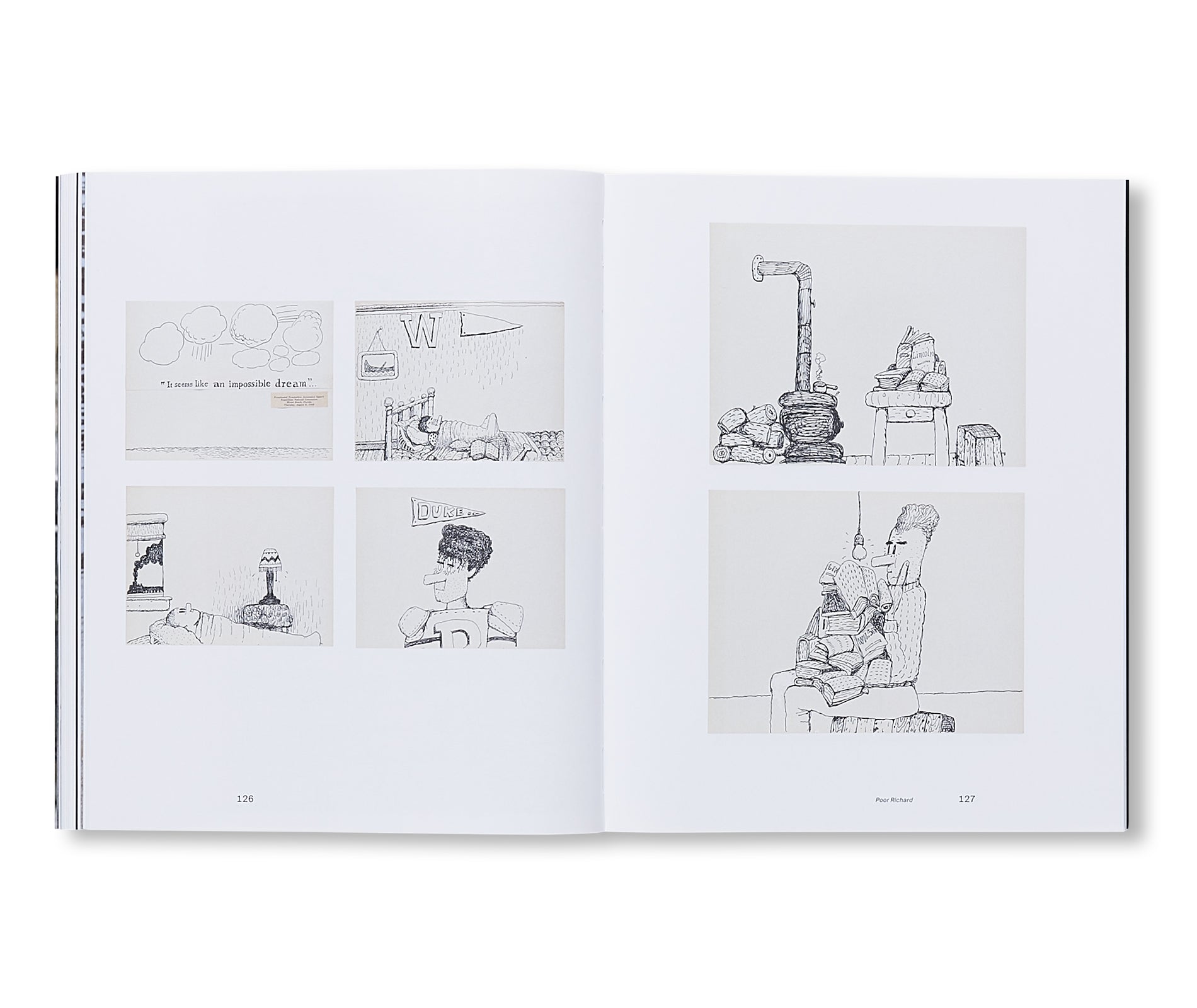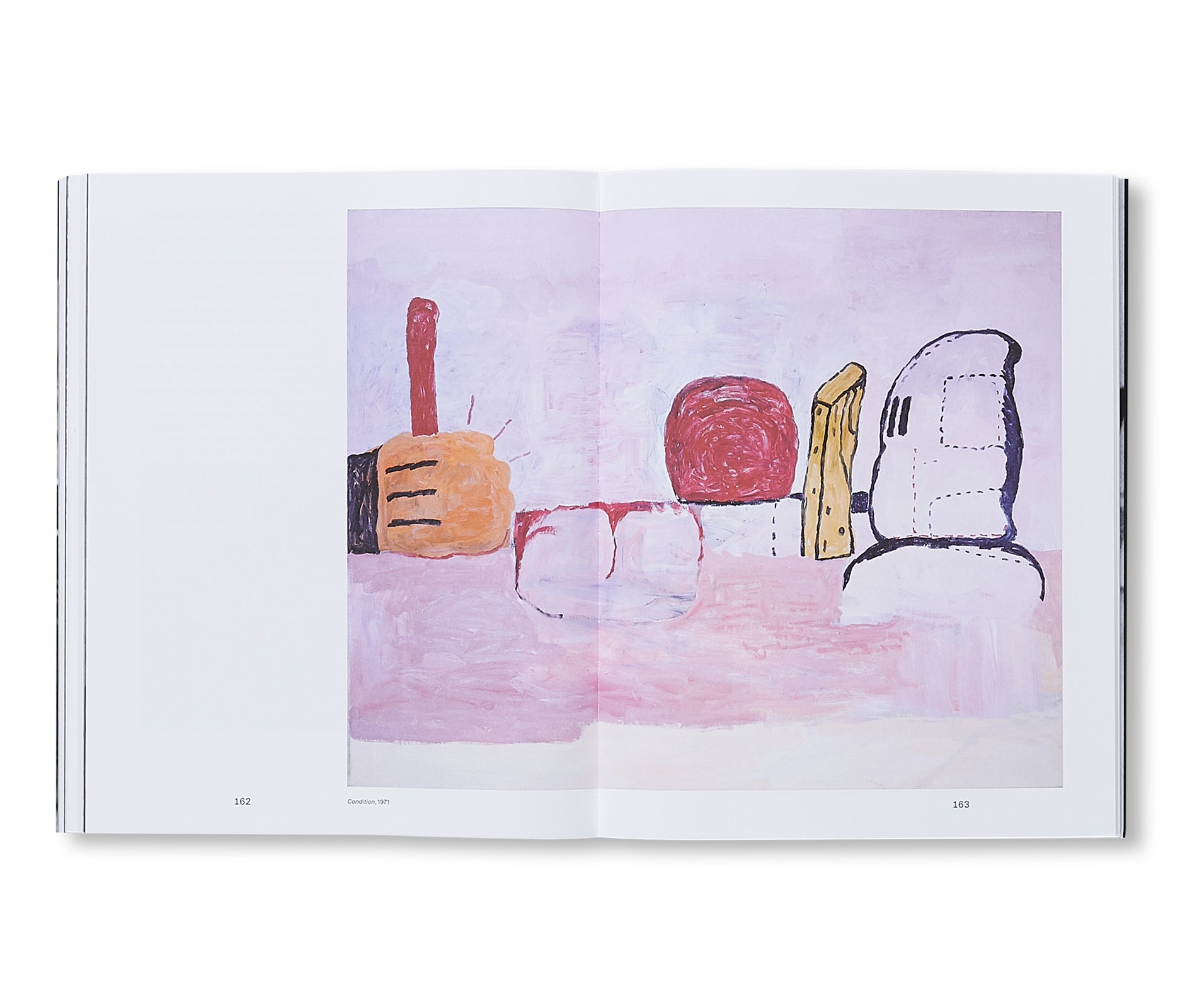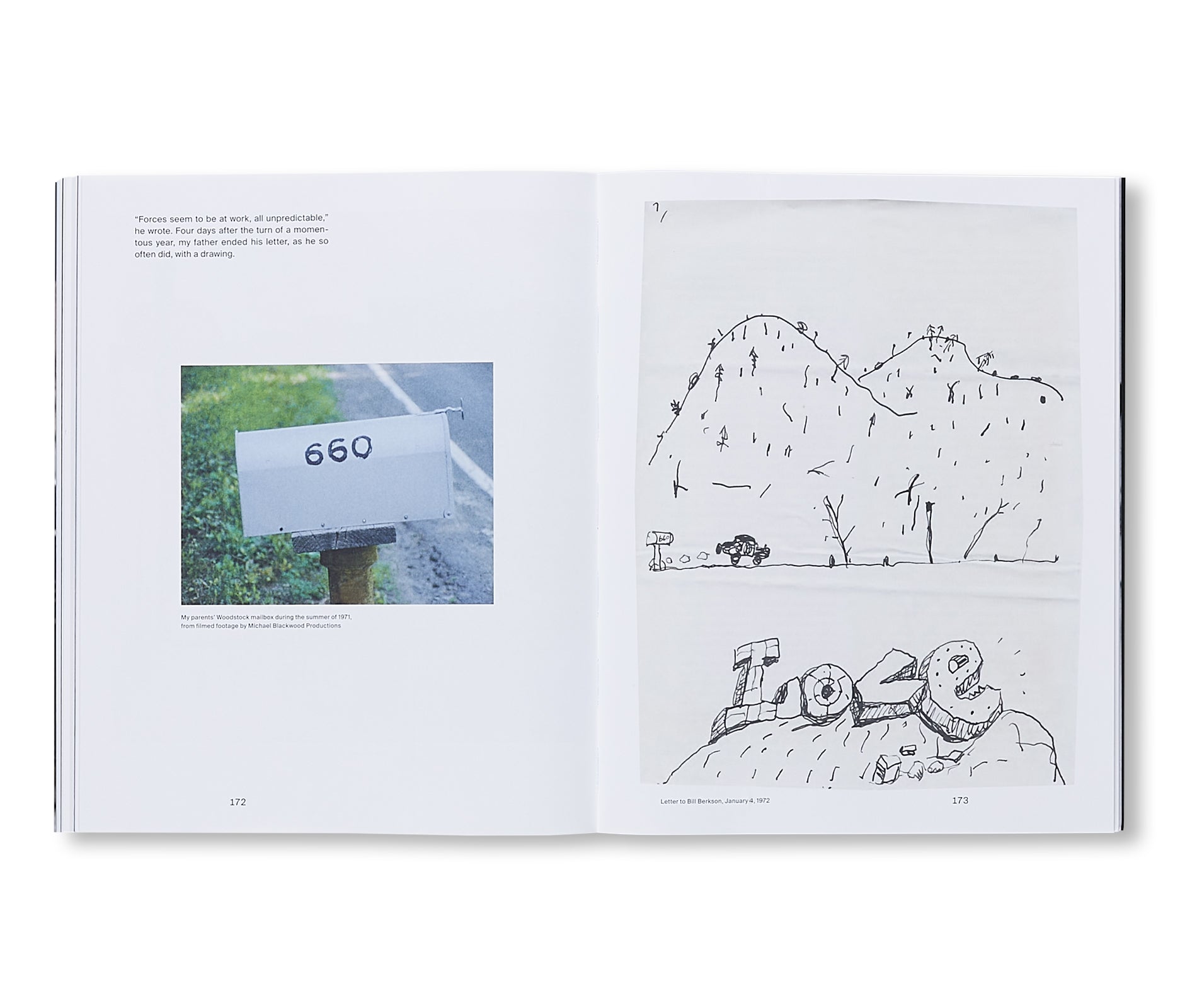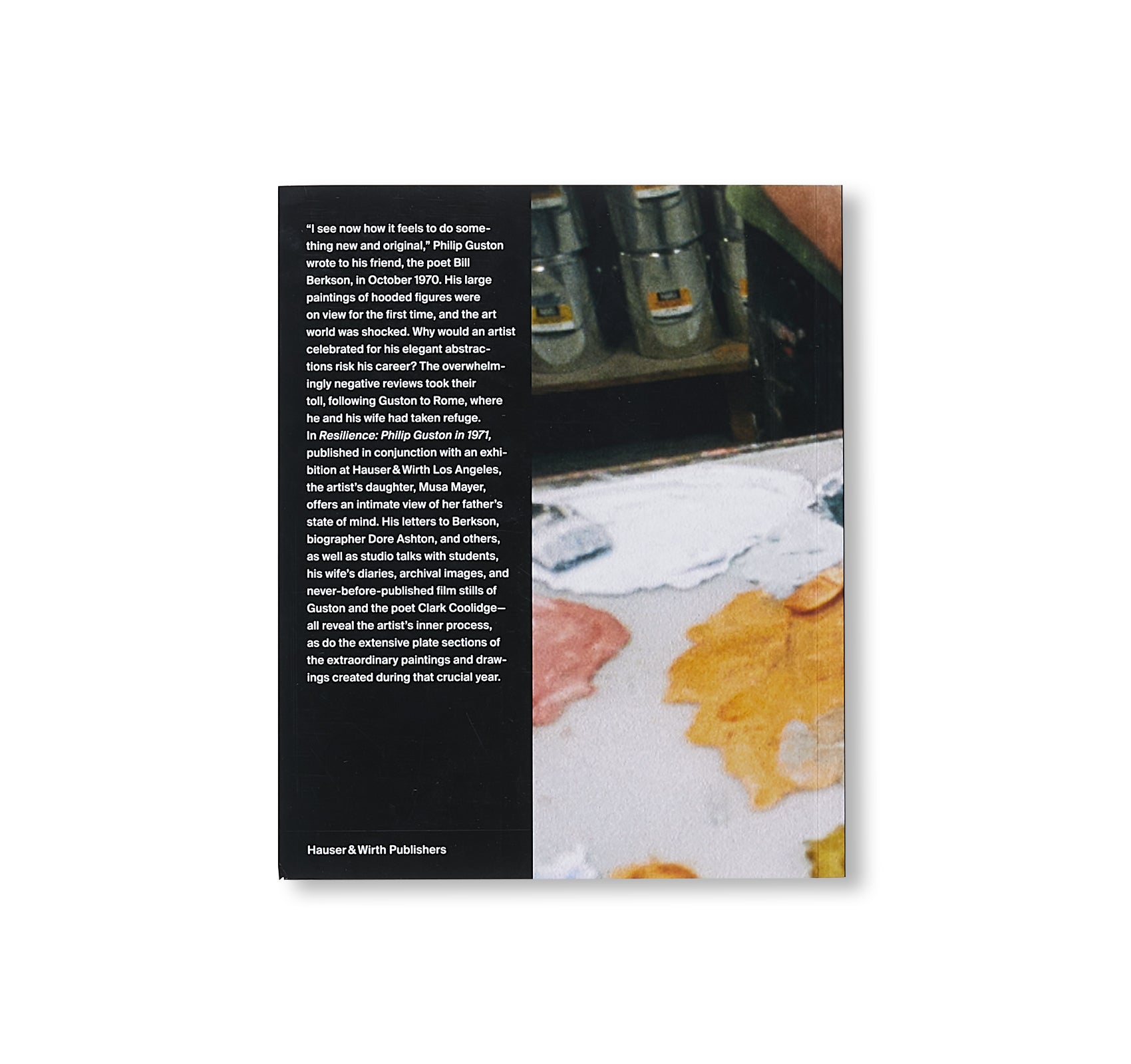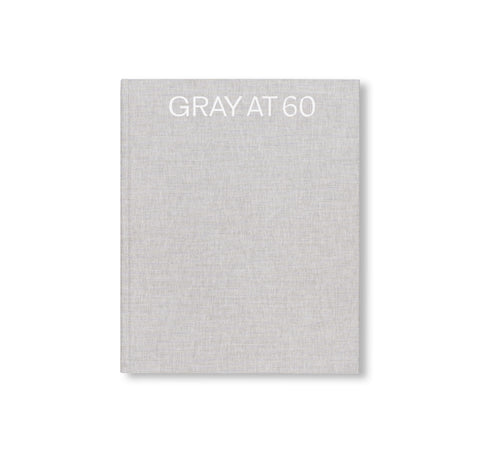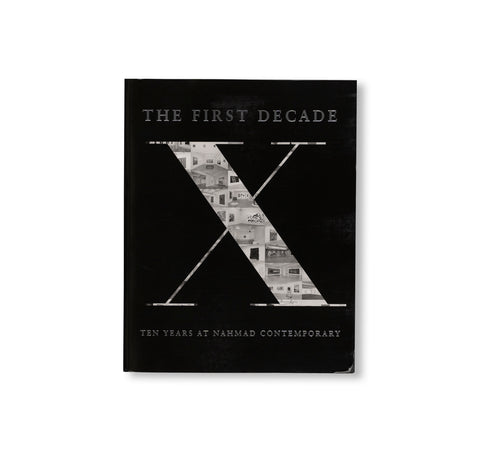RESILIENCE: PHILIP GUSTON IN 1971 by Philip Guston
アメリカ人アーティスト、フィリップ・ガストン(Philip Guston)の作品集。1970年10月に友人である詩人のビル・バークソン(Bill Berkson)に宛てた手紙の中で、作者は「新しく奇抜なことをする時の気持ちが分かるようになった」と書いている。この頃初めて公開されたフードを被る人物を描いた大作は美術界を震撼させた。優雅な抽象画で知られる芸術家が、なぜ自分のキャリアを危険にさらしてまでこのような絵画に挑んだのかと誰もが疑問に思った。圧倒的にネガティブな批評に耐えかねた作者は妻とローマに逃れたが、そこにも影響は及んだ。1971年に制作された作品をもとにロサンゼルスの「Hauser & Wirth」で開催された展覧会に伴い刊行された本書で、作者の娘のムサ・メイヤー(Musa Mayer)はその年の父親の心境を詳細にテキストで語っている。バークソンや伝記作家のドーレ・アシュトン(Dore Ashton)らへの作者からの手紙に加え、スタジオで学生向けに行った講義、妻の日記、アーカイブのイメージ、作者と詩人クラーク・クーリッジ(Clark Coolidge)による未公開映像のスチル写真といった豊富な資料、およびその重要な一年間に制作された非凡な絵画とドローイングから厳選されたイメージの数々によって作者の内的なプロセスを解き明かす1冊。
I see now how it feels to do something new and original, Philip Guston wrote to his friend the poet Bill Berkson in October 1970. His large paintings of hooded figures were on view for the first time, and the art world was shocked. Why would an artist celebrated for his elegant abstractions risk his career? The overwhelmingly negative reviews took their toll, following Guston to Rome, where he and his wife had taken refuge. In Resilience: Philip Guston in 1971, published in conjunction with an exhibition at Hauser & Wirth Los Angeles, the artist s daughter, Musa Mayer, offers an intimate view of her father s state of mind. His letters to Berkson, biographer Dore Ashton, and others, as well as studio talks with students, his wife s diaries, archival images, and never-before-published film stills of Guston and the poet Clark Coolidge - all reveal the artist s inner process, as do the extensive plate sections of the extraordinary paintings and drawings created during that crucial year.
